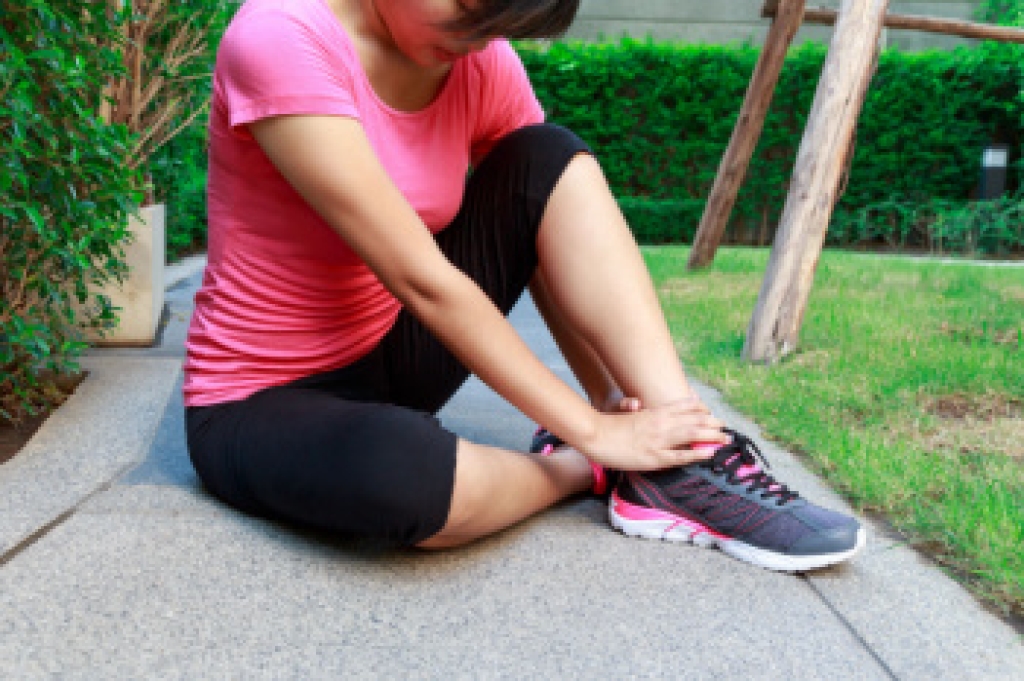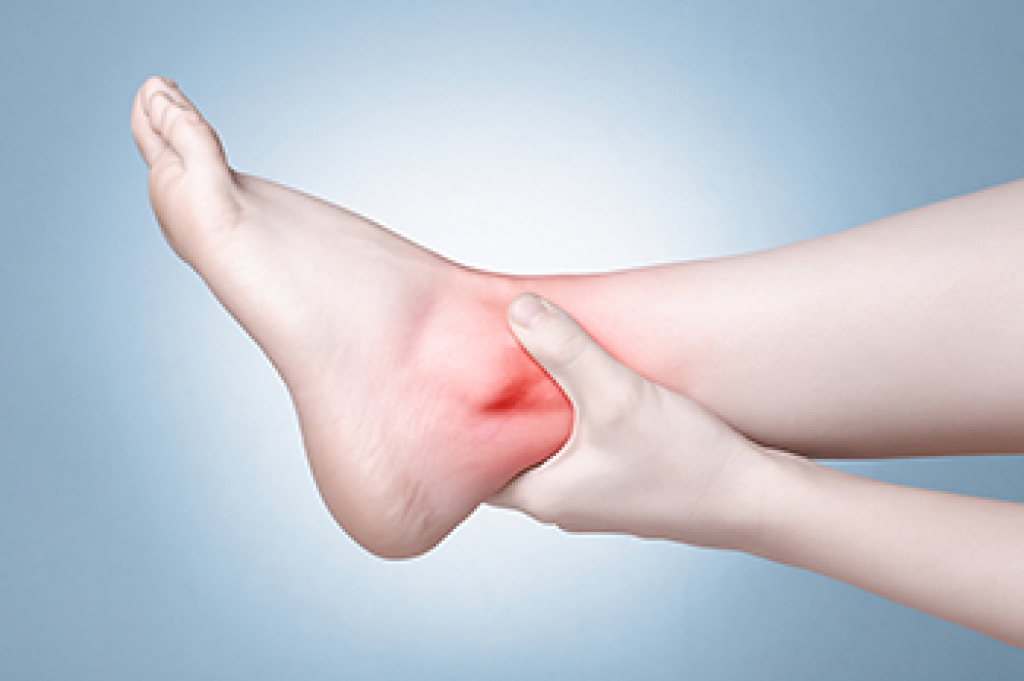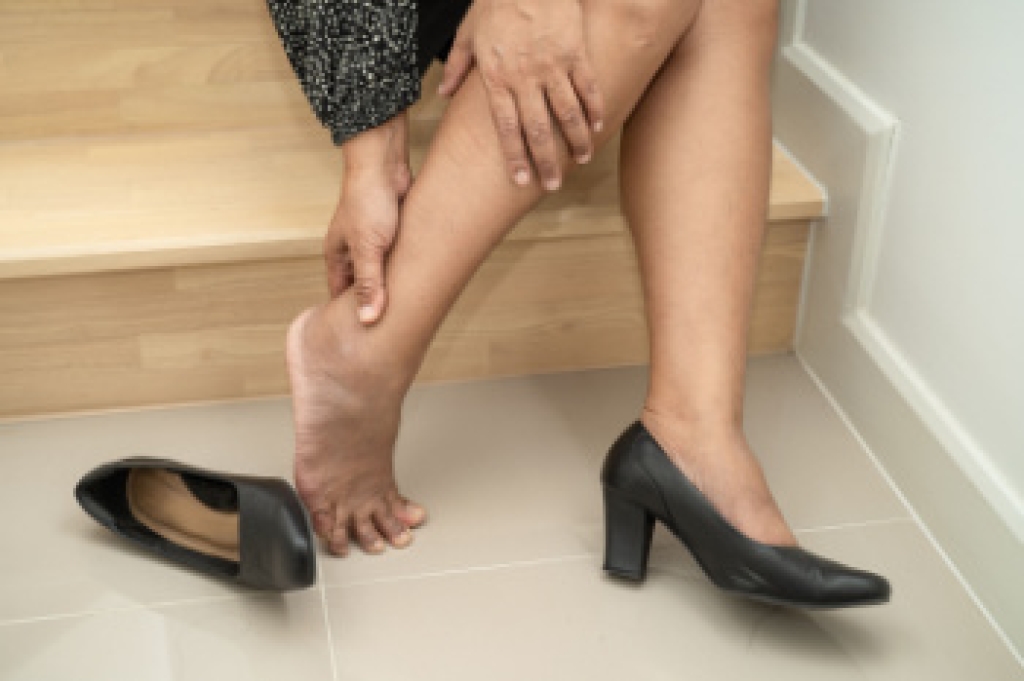 Ingrown toenails, a painful condition where the toenail grows into the surrounding skin, can be managed through a range of treatments depending on severity. Initially, a podiatrist may use conservative approaches, such as soaking the foot in warm water, gently placing cotton underneath the nail to help the nail grow above the skin, and using antibiotic creams. If these methods do not provide relief or if the ingrown toenail grows back, other treatments may be necessary. Podiatrists often perform a minor procedure where part of the nail is removed to prevent it from growing into the skin again. Podiatrists can also perform a minor surgical procedure that involves removing a portion of the nail along with the underlying tissue to reduce the nail's width and prevent future ingrown issues. These treatments aim to relieve pain, correct nail growth, and prevent infection. If you are struggling with an ingrown toenail, it is suggested that you seek help from a podiatrist.
Ingrown toenails, a painful condition where the toenail grows into the surrounding skin, can be managed through a range of treatments depending on severity. Initially, a podiatrist may use conservative approaches, such as soaking the foot in warm water, gently placing cotton underneath the nail to help the nail grow above the skin, and using antibiotic creams. If these methods do not provide relief or if the ingrown toenail grows back, other treatments may be necessary. Podiatrists often perform a minor procedure where part of the nail is removed to prevent it from growing into the skin again. Podiatrists can also perform a minor surgical procedure that involves removing a portion of the nail along with the underlying tissue to reduce the nail's width and prevent future ingrown issues. These treatments aim to relieve pain, correct nail growth, and prevent infection. If you are struggling with an ingrown toenail, it is suggested that you seek help from a podiatrist.
Ingrown toenails can become painful if they are not treated properly. For more information about ingrown toenails, contact Paul Potach, DPM of Illinois . Our practitioner can provide the care you need to keep you pain-free and on your feet.
Ingrown Toenails
Ingrown toenails occur when a toenail grows sideways into the bed of the nail, causing pain, swelling, and possibly infection.
Causes
- Bacterial infections
- Improper nail cutting such as cutting it too short or not straight across
- Trauma to the toe, such as stubbing, which causes the nail to grow back irregularly
- Ill-fitting shoes that bunch the toes too close together
- Genetic predisposition
Prevention
Wearing proper fitting shoes and using proper cutting techniques will also help decrease your risk of developing ingrown toenails.
Treatment
Ingrown toenails are a very treatable foot condition. In minor cases, soaking the affected area in salt or antibacterial soaps will not only help with the ingrown nail itself, but also help prevent any infections from occurring. In more severe cases, surgery is an option. In either case, speaking to your podiatrist about this condition will help you get a better understanding of specific treatment options that are right for you.
If you have any questions, please feel free to contact our offices located in Wheeling and Berwyn, IL . We offer the newest diagnostic and treatment technologies for all your foot care needs.
 Ankle sprains
Ankle sprains



